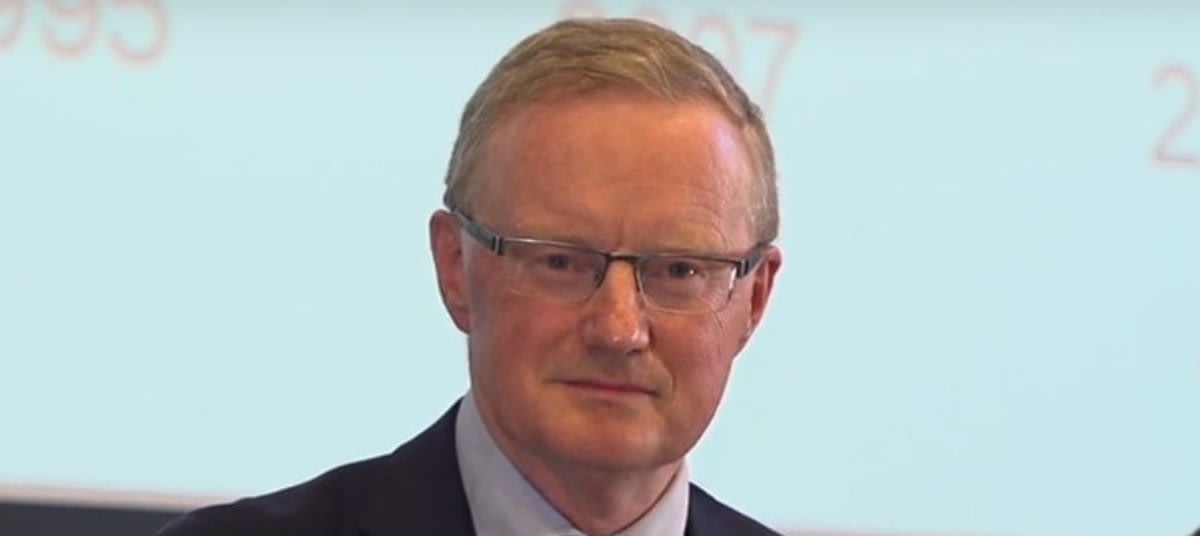
The central bank has acknowledged 10 recommendations from the RBA review.
The Reserve Bank of Australia (RBA) has announced its decision to implement 10 recommendations from a wide-ranging review, including meeting fewer times a year.
The review, titled An RBA Fit for the Future, was initiated by the Morrison government and evaluated the central bank’s performance over the past three decades.
During an address to the Economic Society of Australia in Brisbane, Governor Philip Lowe acknowledged the review’s findings, stating Australia’s current monetary policy framework is suitable and “fit for purpose.”
He also praised the RBA’s skilled and dedicated staff, emphasising their commitment to serving the public interest. But, he added that there was a need for the RBA to adapt to changing times.
As part of the announced changes, the RBA will reduce the number of monetary board meetings from 11 to 8 per year.
“The less frequent and longer meetings will provide more time for the Board to examine issues in detail and to have deeper discussions on monetary policy strategy,” he said.
In addition, the RBA agreed to enhance communication and transparency, with the post-meeting statement announcing decisions will now be issued by its Board rather than the governor.
Further, Mr Lowe will hold a media conference after each Board meeting at 3:30pm to explain the decisions made.
The quarterly Statement on Monetary Policy will be released simultaneously with the outcome of the Board meeting, aligning with the February, May, August, and November meetings, instead of the following Friday as previously done.
The Board will also now become the signatory to the Statement on the Conduct of Monetary Policy, rather than solely ‘the governor’.
While several recommendations remain under consideration, Governor Lowe stated matters such as engaging an expert advisory group and ensuring regular public appearances by Board members will be assessed after the legislative process is completed.
“This will avoid the current Board locking the new Board into a particular approach,” Mr Lowe said.
But there was little mention of the recommendation to establish a second ‘governance’ board. Instead, Mr Lowe said the board would report on other recommendations not mentioned in due course.
Regarding governance and conflict of interest, the RBA also agreed to strength its Code of Conduct to prohibit members and entities they control from transacting in interest rate and foreign exchange derivatives, as well as from active trading in financial instruments.
In addition, Lowe highlighted the RBA’s commitment to cultural change by updating leadership goals and seeking to recruit a chief operating officer as recommended.
The RBA will continue working with the Treasury to conduct open and transparent reviews of the monetary policy framework every five years.
Lowe reappointment discussed
With the Governor's term coming to an end (17 September), the Treasury is expected to make a decision this month on whether Mr Lowe will be reappointed to the top job, among a list of potential candidates.
Treasurer Jim Chalmers confirmed that he would present his recommendation to the federal cabinet regarding the future of Mr Lowe beyond the expiration of his seven-year term.
“I'll be taking to Cabinet my recommendation for the appointment of the Governor of the Reserve Bank,” Mr Chalmers said.
He said he had consulted with opposition counterpart Angus Taylor and would work with cabinet colleagues to make the best decision for the nation.
“I don't want to front‑run or pre‑empt the timing or the nature of that conversation with my colleagues - this is a decision for the Cabinet to take on my recommendation.”
“The Reserve Bank review and the appointment of a governor is not about undermining the independence of the Reserve Bank – it’s about enhancing it.”
[Related: RBA review calls for central bank to have 2 boards]
 Login
Login










JOIN THE DISCUSSION